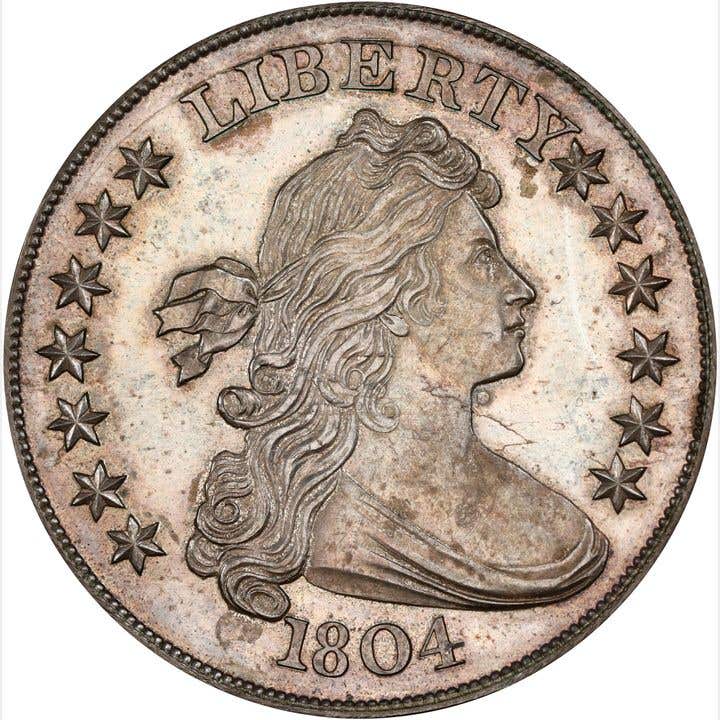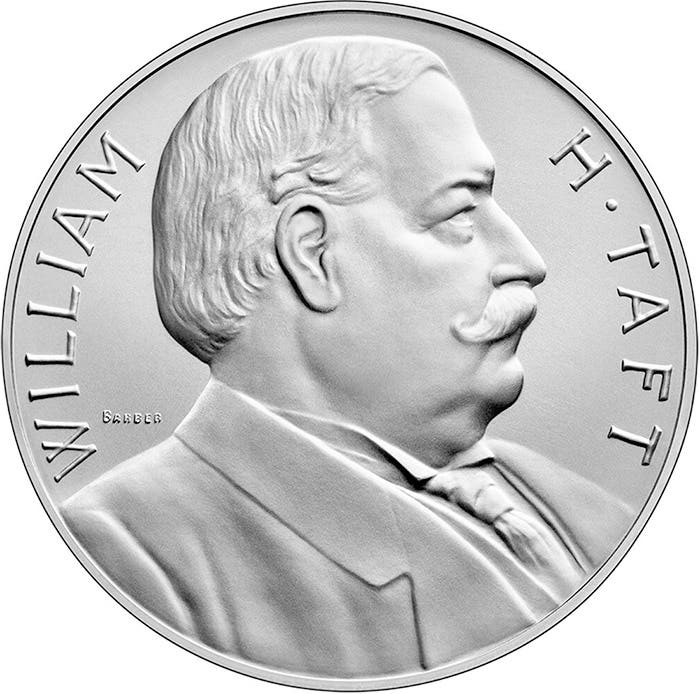View auction lots to learn grading
One way to learn a lot about coin and paper currency grading is to closely examine a number of coins and notes. Most coin dealers would be worried about the…
One way to learn a lot about coin and paper currency grading is to closely examine a number of coins and notes. Most coin dealers would be worried about the security risk if they let customers scrutinize a wide swath of their inventory. But there is one place you can do so – viewing coins being offered at major numismatic auctions.
As a bonus, viewing lots in major numismatic auctions can also give you the opportunity to hold in your hands coins that you would never be able to afford.
The easiest way to arrange to view auction lots is to attend a major coin show held in conjunction with the auction. Usually, lot viewing begins before the show opens to the public, so you may be able to do your viewing without missing time from the coin show floor.
Normally, in order to view lots, you must register as a bidder in the auction. That means you probably will have to show identification and provide some financial information such as dealer or other auction house references if you want to be allowed to enter bids of more than a nominal amount. Still, just because you have registered as a bidder does not mean you have to place any bids.
When I had more time than I do nowadays, I used to view lots early and attend auctions. When I viewed lots, I would put a check (√) next to lots where I thought the grade was right on the nose. If I thought the piece was accurately graded but more attractive than average, I would put a plus (+) sign after the check. Similarly, if I thought the grade was right but the coin was not desirable for the quality, I would put a minus (-) sign after the check. If I thought the grade was too low or too high, I would note in my copy of the catalog my assessment of the grade (which I wrote in code so that anyone looking at my catalog would not comprehend it).
Later, if I tracked the price results of the auction, I could compare how my assessment of the quality of the lots compared to what the high bidder paid. But in reviewing prices realized, it helps to know if a lot sold to the book or to a floor bidder. Floor bidders have almost no recourse to returning a lot, other than for reasons of not being authentic, than do bidders who did not attend and make live bids.
By tracking price results, you get the added benefit of learning current market values in a way that no printed or online reference can tell you.
It was rare for me to see a coin or currency lot where I thought the piece was undergraded if there was a significant price difference in the next higher grade. I did see a greater number of pieces that I considered to be overgraded or just were not desirable for the technical grade. A couple decades ago, for instance, there was a U.S. note described as Gem Crisp Uncirculated where I detected at least five folds in the paper. This lot did not attract any bids.
If the purpose of examining the lots is to hone your grading skills, I suggest beginning with the assumption that the grading service is accurate in the assigned grade. Then examine the piece until you are satisfied in your own mind why the piece was as high or as low as it was. If you can’t seem to justify the grade, perhaps you can ask the person viewing lots next to you if they see the reason for the assigned grade.
Remember, a grade includes a combination of factors such as luster, number of marks, quality of strike, and so forth. Coins notorious for weak strikes may receive higher technical grades than their relative beauty would normally merit.
I promise you that if you look at a thousand Morgan dollars that have been certified by the Professional Coin Grading Service or Numismatic Guaranty Corporation, as an example, you will have a much better understanding of what makes a coin grade MS62, MS63, MS64, or MS65. The same would go for looking at a large number of pieces of any other coin or currency series.
I have also found it quite helpful to examine certified problem coins that may assign either a net grade or a technical grade with negative notations. This can give you a better background to avoid accidentally buying a mistake.
Who knows? As you look through auction lots, you may see one or more that you want in your collection and end up submitting the winning bid! Even if you don’t, the experience will help you find the right coin somewhere else.
Patrick A. Heller is winner of the American Numismatic Association 2018 Glenn Smedley Memorial Service Award, 2017 Exemplary Service Award, 2012 Harry Forman Dealer of the Year Award, and 2008 Presidential Award. He was also honored by the Numismatic Literary Guild in 2017 and 2016 for the Best Dealer-Published Magazine/Newspaper and for Best Radio Report. He is the communications officer of Liberty Coin Service in Lansing, Mich., and writes “Liberty’s Outlook,” a monthly newsletter on rare coins and precious metals subjects. Past newsletter issues can be viewed at http://www.libertycoinservice.com. Some of his radio commentaries titled “Things You ‘Know’ That Just Aren’t So, And Important News You Need To Know” can be heard at 8:45 a.m. Wednesday and Friday mornings on 1320-AM WILS in Lansing (which streams live and becomes part of the audio and text archives posted at http://www.1320wils.com).
This article was originally printed in Numismatic News Express. >> Subscribe today
If you like what you've read here, we invite you to visit our online bookstore to learn more about Standard Catalog of World Coins, 1901-2000.
NumismaticNews.net is a participant in the Amazon Services LLC Associates Program, an affiliate advertising program designed to provide a means for sites to earn advertising fees by advertising and linking to Amazon.com and affiliated websites.









